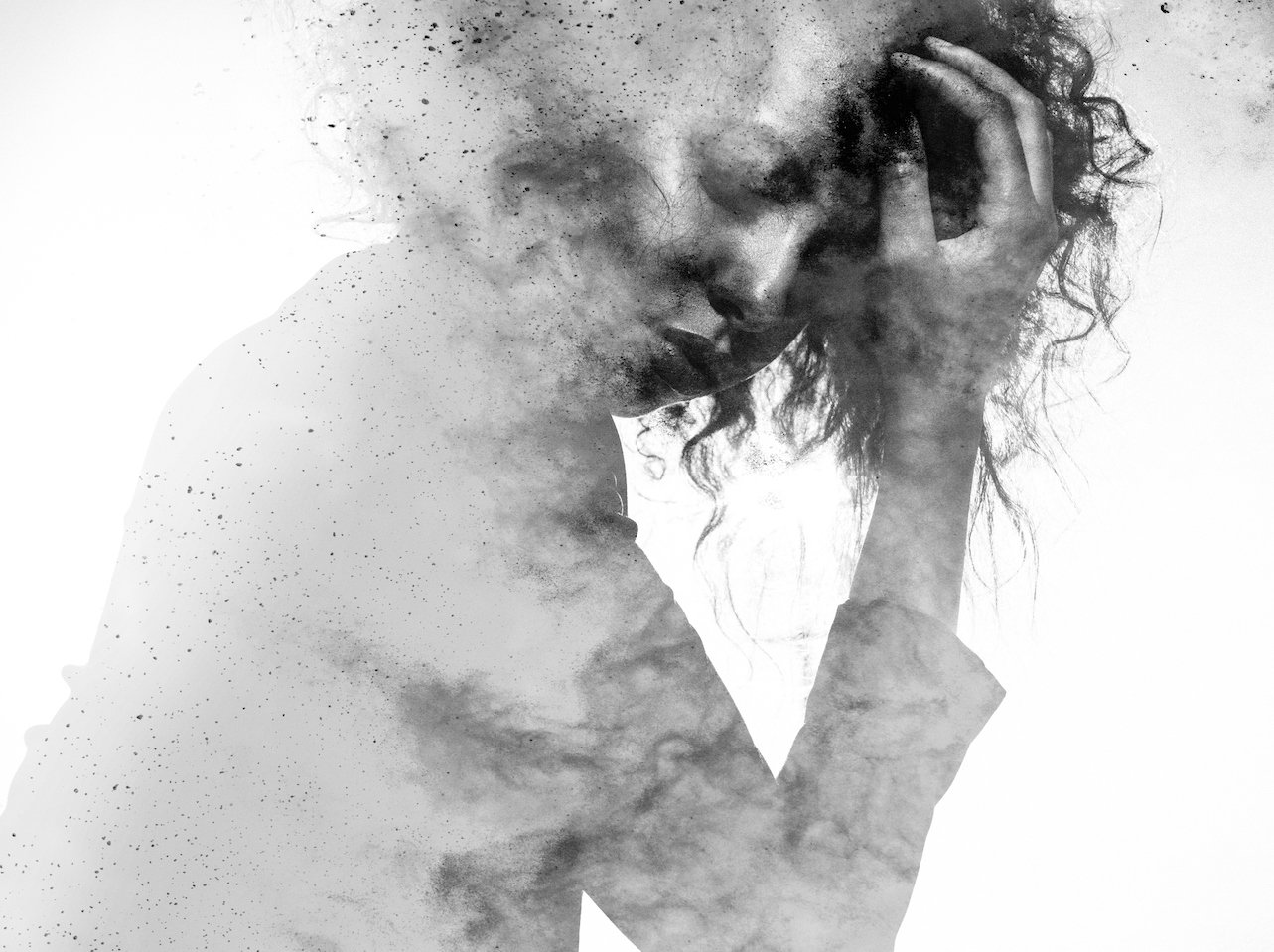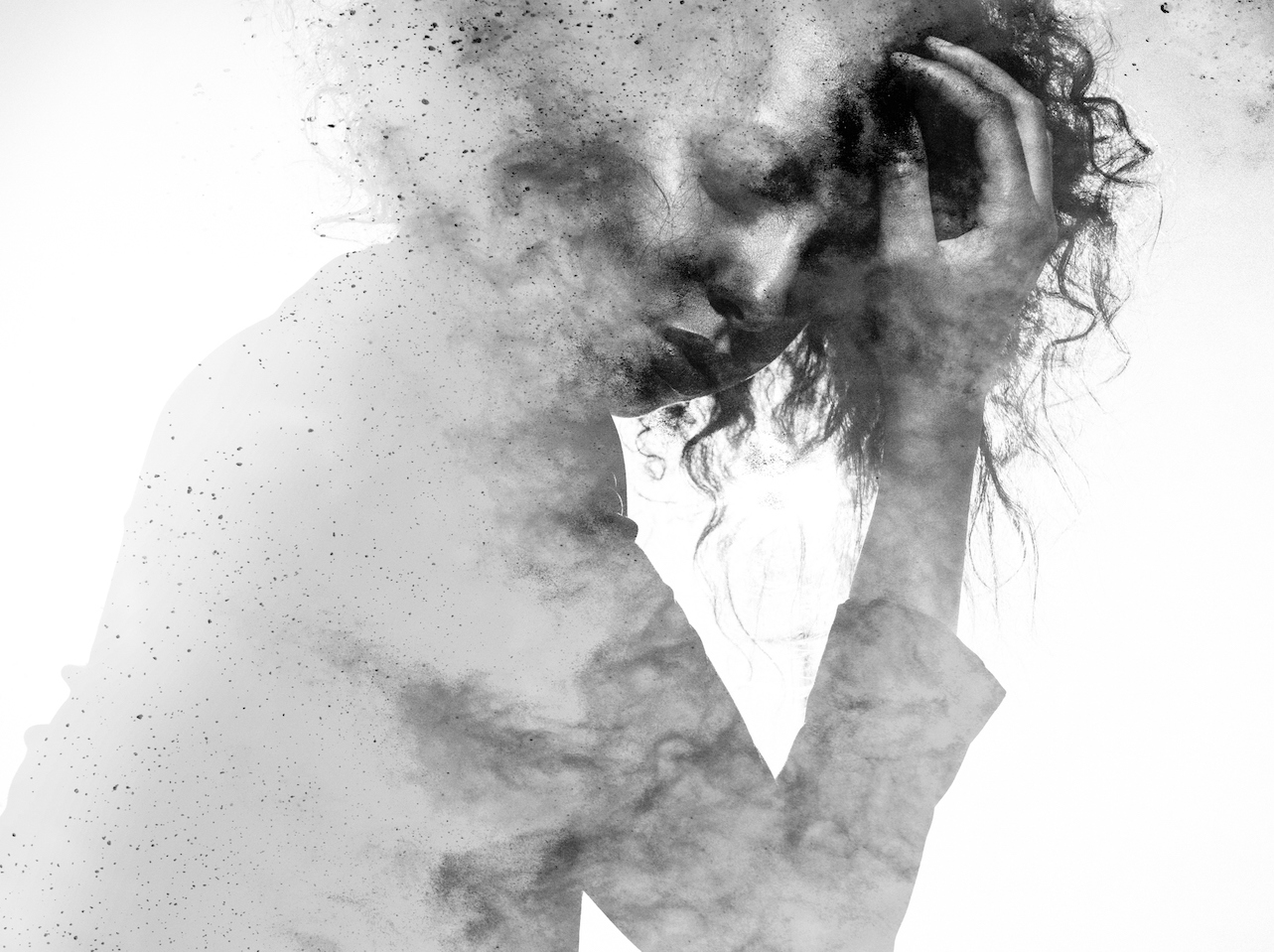
(Image: iStock)
I was a teenager when I had my first migraine attack. I was sitting in my sunny living room and I started to see spots. Bright and iridescent, they gradually morphed into a swirling pattern that spread across the left side of my vision. I couldn’t see past it, and I had no idea what was happening to me.
The episode soon passed, but it was followed by a throbbing headache. My mom instantly recognized the signs of migraine—something she was all too familiar with, as you might guess.
Over the years, I had the odd migraine attack, but nothing I couldn’t manage with a nap and some ibuprofen. But after I had kids, my attacks increased, and I developed some concerning—and confusing—symptoms.
I became painfully sensitive to noise and had bouts of tinnitus (ringing in my ears), but ear exams showed nothing. I had dizzy spells and thought my thyroid medication needed adjusting, but my bloodwork was normal. I was often exhausted, but I blamed it on parenting. Ditto for my anxiety and depression, which were at an all-time high.
Then I started getting pins and needles in the side of my face, along with tingling in my arm, tightness in my chest, and heart palpitations. After two visits to the ER and a full cardiology workup, I was assured that my heart was healthy. I was relieved, but mystified. What was going on with me?SPECIAL INTRODUCTORY OFFERGet a year of Chatelaine for just $15!SUBSCRIBE
Eventually I started to see a pattern. These seemingly unrelated symptoms often happened simultaneously, or in quick succession. They were also predictable, appearing ahead of my period or the day before it rained. And they were often followed by a migraine headache. In every instance, I couldn’t feel better without retreating to a dark, quiet space to shut out the world.
As it turns out, all of these symptoms were linked to migraine.
What is migraine exactly?
A billion people worldwide suffer from migraine, a neurological disease that has no cure and defies treatment. People don’t get migraines, they have migraine: a genetic condition that makes the brain hypersensitive to various stimuli, which can in turn trigger an attack. Common triggers are stress, a lack of sleep, hormones, and a drop in barometric pressure. People can also be triggered by red wine, chocolate, and too much caffeine.
Migraine is characterized by recurrent attacks, which can last for days. An attack can cause various symptoms, including nausea, visual disturbances, mood changes, and fatigue. It often involves a throbbing headache, typically on one side of the head. Some episodes are manageable with rest and over-the-counter medications, while others are so severe they send people to the emergency room.
Migraine is categorized by the frequency of attacks: episodic migraine (0-14 migraine days per month), or chronic migraine (15 or more migraine days per month). A person can fluctuate between these categories throughout their life.
